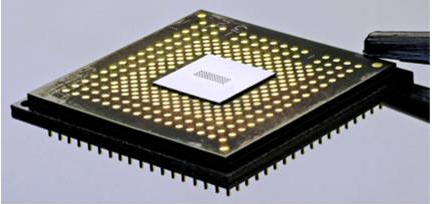Filed under: Budget, Sedan, Chevrolet
We weren’t exactly smitten with the 2013 Chevrolet Malibu Eco when we got the chance to tae one out for a spin, thanks in part to the eAssist wizardry aimed at improving the vehicle’s fuel economy. With a lackluster drivetrain, regenerative brakes and low rolling resistance tries, the Malibu Eco simply isn’t capable of keeping its head high among the competition. Even so, we were told to wait for the Ecotec 2.0-liter turbocharged four-cylinder set to debut this year. Now we know why. According to General Motors, the engine is good for 269 horsepower and 260 pound-feet of torque. More importantly, all that torque comes on at a very low 1,700 rpm.
The direct-injection engine helps the Malibu hit 60 mph in a scant 6.3 seconds. Trust us when we say that’s an improvement over the Eco model. While there’s no word on fuel economy, we would expect the engine to return well better than the 17 mpg city and 26 mpg highway supplied by the outgoing 3.6-liter V6, an engine that was only good for 252 horsepower.
This isn’t the first time GM has dabbled with a turbocharged four-cylinder. The company supplied buyers with a 2.0-liter Ecotec in vehicles like the Pontiac Solstice GXP, HHR SS and Cobalt SS that put out 260 horsepower. See belowfor the full press release.
Continue reading 2013 Chevy Malibu’s turbo four rated at 269 HP, 0-60 in 6.3 seconds
2013 Chevy Malibu’s turbo four rated at 269 HP, 0-60 in 6.3 seconds originally appeared on Autoblog on Thu, 08 Mar 2012 17:59:00 EST. Please see our terms for use of feeds.
Permalink | Email this | Comments
from Autoblog







